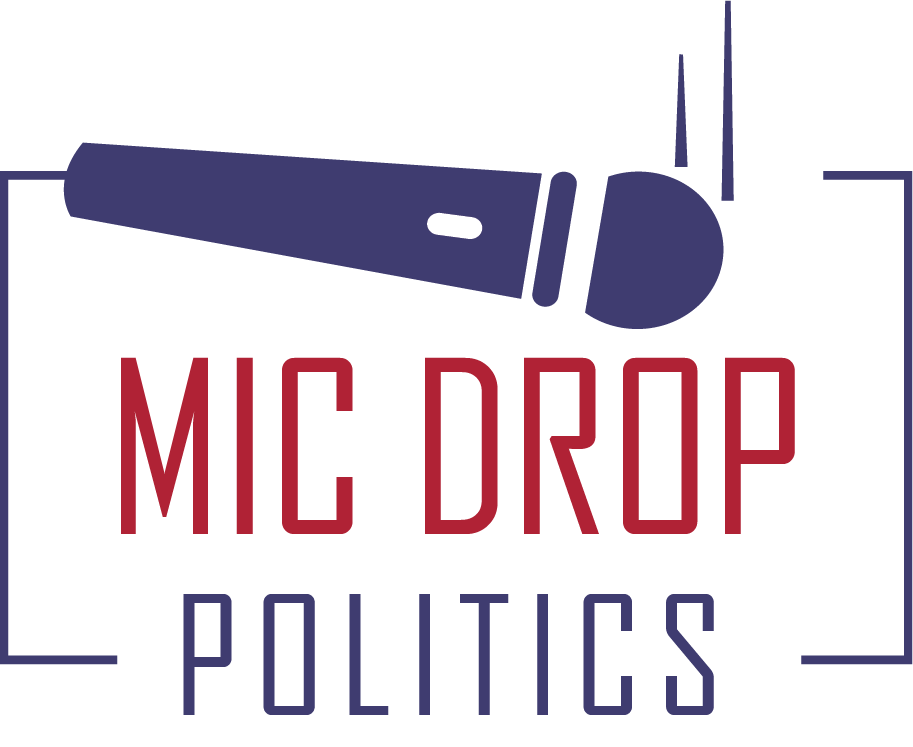It’s been long held that the American Dream is getting married, buying a home in the suburbs with a picket fence, raising two and a half kids, and enjoying a comfortable retirement. This dream became a reality for many of our grandparents and Boomer parents.
However, securing this dream has become difficult, if not impossible, for millennials like myself and Gen Z Americans. What or who is to blame for the dying American dream?
Some might argue the government’s decision to shut down during COVID is to blame. Others might point the finger at changing generational priorities.
Still, many would also blame a Biden administration that prefers to gaslight Americans with Bidenomics while ignoring the country’s lived reality. The answer is my favorite multiple-choice option: all of the above.
A hefty price tag
According to a recent Investopedia analysis, the American dream is estimated to cost a whopping $3,455,305 over a lifetime. At an average of 48 years worked, Americans would need to make $72,000 per year to make the nut.
The “American Dream” is defined in this analysis entails:
- marriage
- two kids
- a home
- healthcare
- used vehicles
- education costs
RELATED: Newt Gingrich: Biden Losing Support From Young Voters Because He’s Made Life Unaffordable
The analysis broke out the average costs using data from numerous trusted purchasing sources, coming up with the below breakout:
- getting married: $35,800
- owning a home: $796,998
- giving birth to two children: $5,708
- used car costs over a lifetime: $271,330
- costs of a dog and a cat: between $34,948 and $100,922
- health insurance: $934,752
- raising two kids: $576,896
- one year of college for two kids: $42,070
- average retirement needs: $715,968
- funeral costs: $7,848
The average lifetime earnings of Americans, regardless of educational background, comes in at only $2.3 million. With numbers like that, it’s no wonder young Americans are rethinking marriage, let alone children.
Forget the home
Like many millennials, I was relentlessly lectured that renting rather than buying was a waste of money. Why pay for someone else’s mortgage when you can own your own home?
My path to homeownership is arguably different from most. I rented most of my young adult life because I was in the military and moved roughly every two years.
However, post-military retirement, my husband and I were planning to continue to rent at least until the kids were off to college and perhaps well into our 60s. We enjoyed the freedom of renting and loved our three-bedroom, two-and-a-half-bath townhome.
Family health issues with my parents forced us into purchasing the four-bedroom, three-and-a-half-bathroom home we live in now. While we have grown to love our house, it isn’t lost on me that it costs over double what it costs to afford this home each year compared to renting our beloved townhome.
According to real estate data company ATTOM, renting a three-bedroom home is more affordable than owning a comparable-sized house in almost 90% of U.S. local markets. Realtor and Tik Tokker Freddie Smith explains the evolution of homeownership reality:
“In 1970, the average home was $15,000. Now the average home is $436,000. It has gone up 29 times.”
Mr. Smith goes on to illustrate:
“You could make about $60,000 a year and qualify for a home back in 2019. That same home today is going for $436,000, but the interest rates are seven-and-a-half percent…”
He ends this analysis with the reality that:
“Now you need over $100,000 in salary to qualify for the average home in America.”
The average annual salary in this country is only $59,000. See the problem?
RELATED: California Debating Free Down Payments On Home Loans for Illegal Aliens
Time for a new dream?
It’s easy to claim that millennials and Gen Z refuse to grow up and prefer to complain than work hard for their dreams. But that argument lacks nuance.
Inflation has “officially” risen 17% since January 2021. The average hourly pay increase has not kept up at just 13.6%—the bottom line is that life is much more expensive than it was for Gen X, let alone the Boomers.
It’s not just millennials waking up to the reality of American life. Harris Poll CEO John Gerzema said Gen Z respondents have the following to say about home ownership:
“They’re telling us they can’t buy into that American Dream the way that their parents and grandparents thought about it – because it’s not attainable.”
With America’s young adults believing the cornerstone of the American dream is impossible to achieve, it’s no wonder the United States seems gloomier. The World Happiness Report released recent statistics, and for the first time since the report started over ten years ago, the U.S. is not in the Top 20 happiest countries.
For Americans over 60, the U.S. was ranked in the Top 10. For Americans under the age of 30, the U.S. was ranked at 62.
It isn’t Gen Z’s perceived laziness or millennials’ assumed emotional instability that is killing the American dream. That ownership belongs to the career politicians on both sides of the aisle in D.C. who shut down the country and continued to push failed Bidenomics.
What will save the American dream is a new dream built by the next generation. Let’s hope we have a good foundation, or we may find ourselves more than just dreamless.
Now is the time to support and share the sources you trust.
The Political Insider ranks #3 on Feedspot’s “100 Best Political Blogs and Websites.”
The post The American Dream is Dead. But Who Is to Blame? appeared first on The Political Insider.

Comments are closed.